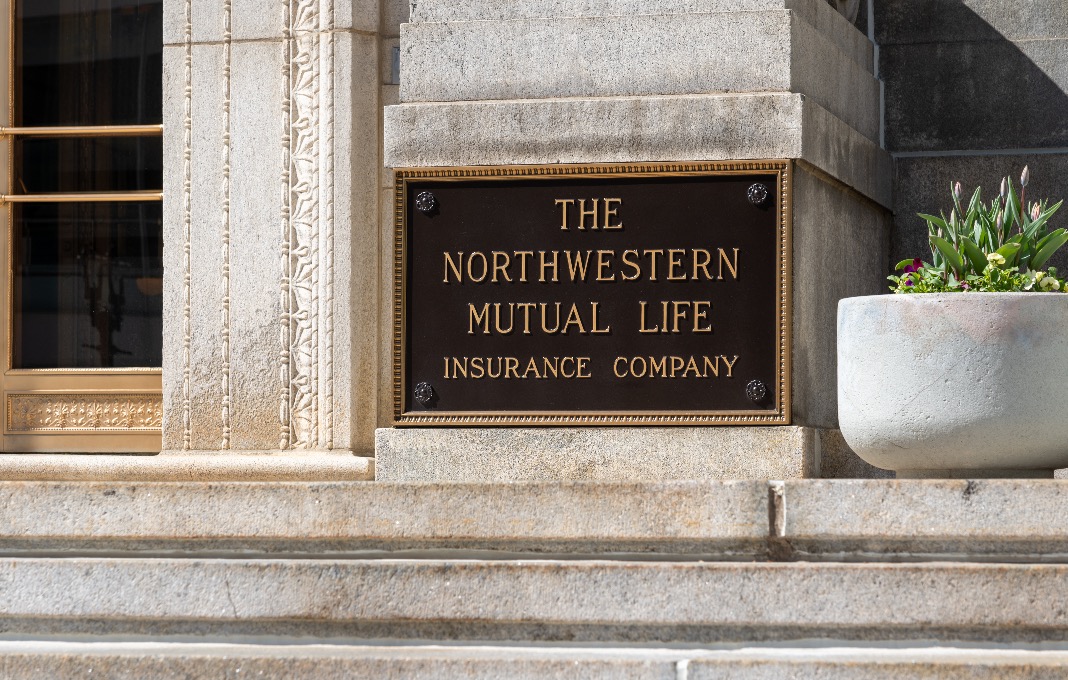Your branding is your business’s personality. It’s the central identity and ethos that customers and leads connect with, which is critical if you want to form the kinds of relationships that stand the test of time.
But your brand is not static. It should be evolving over time, meeting customer needs and exceeding expectations as these needs and expectations shift. If it’s not – well, you may be heading towards a problem. Outdated branding won’t resonate with your target audience, which will make it more difficult to attract customers and grow.
So, how do you ensure your brand is ready for the future? Let’s take a look at a few key points to focus on.
Revolution v Evolution – Choosing the Path for Your Brand
Before you can prepare for where you want to be, you’ll need to know where you’re at. This is where a brand review comes in. If you haven’t carried out a formal review of your brand in the last three to five years, you are essentially flying blind – you have no idea what’s working and what’s not.
Conducting a brand review means collecting all the key points of your branding and assessing them. Logos, colour palettes, fonts, packaging, printed materials, landing pages, digital images, web content formats and layouts: all these things need to be collected together and analysed. Do they match and support your business’s identity? Do they elicit the right kind of reaction from your audience?
Gain quantitative and qualitative feedback from your customers and other users. Survey how customers feel about the visual presentation and tone of your brand, and assess conversion data to discover how these elements are driving revenue and growth.
All of this information will help you decide whether to revolutionise or evolve your branding. If you decide to keep your current brand designs and develop them, this is brand evolution. If you decide everything needs a complete, start-from-scratch overhaul, this is revolution.
Identifying and Reinforcing Core Values
Your business should be built on three to five core values – the central tenets that drill into who you are and what you are all about. For example, you might decide to put inclusivity and diversity, support for the local community, and a commitment to customer service at the heart of your business identity.
These core values impact every aspect of your company, and so everyone on your team should know immediately what they are. If your team members can’t recite your core values, how can you expect them to engage with and take ownership of these values? This disconnection will harm your branding initiatives as you move forward.
So, what do you do? Well, first you need to identify and appraise these values, understanding what you need to enhance and what you need to change within your branding. Remember, these core values inform not only your brand but the entirety of your organisation as it develops, so you need to make sure you are focusing on the right things. Next, you need to communicate these values to your team so these core tenets inform their actions too.
Aligning Brand Messaging with Points of Difference
While branding is certainly about getting your business noticed in the market, it needs to do a bit more than this. It also needs to demonstrate what makes you different from your competitors and the unique benefit you provide to your customers. Basically, your messaging needs to align with key points of difference as your brand develops in the future.
The simplest way to achieve this is to focus on a problem/solution dynamic. Identify what your audience expects from you and the problems they need to overcome. Then, develop solutions that meet these requirements perfectly.
Of course, developing these solutions is only part of the battle. You still need to ensure that your audience is fully aware of what you can do and how you can do it. Building your future brand messaging around a problem/solution dynamic supports this, helping your prospects to visualise how your business matches their specific situation.
Developing a Formal Content Strategy
Many businesses feel the pressure to publish content frequently, and so they get to work, churning out articles and content pieces of variable quality as often as they can. But this kind of scattergun approach will hinder your brand rather than help it, and a more formal strategy is required to get the best from content.
To begin with, you’ll need to assess each piece of content you release. Does it achieve Google’s E.A.T. guidelines of Expertise, Authoritativeness and Trustworthiness? Has it been optimised for search? Does it fit within a clearly-defined acquisition or nurturing funnel? And last, but certainly not least, does it align with your problem/solution focus and points of difference?
You’re also going to need a content calendar.
Perhaps you have seasonal products and services you want to push – make sure your content is building interest in these seasonal offerings ahead of time. Maybe you want to release a series of articles that demonstrate your expertise in this field, gaining all the high-value SEO advantages that come with this – plan this carefully so that each piece feeds into the next.
Don’t forget calls to action, either. Decide what action you want your audience to take after they browse your content, and craft CTAs that drive this.
Remember that your content is going to be the first point of contact between many of your users and your business. For other users, your content is the continuation of their journey – a process of familiarisation that is key to building long term relationships. In all cases, your branding needs to be front and centre in every piece you publish, reinforcing your business identity.
Updating Your Website Experience
The experience you offer on your website is key to your branding. As many as 88% of consumers say they won’t return to a business if they have a bad experience on the website, so you need to make sure you are getting the design right.
If you haven’t audited your website’s performance in a while, now is the time to do it. Look at your analytics for metrics like cart abandonment, page bounce rates, customer churn, and user journeys through to product pages. Analyse the loading speed, interactivity, and stability of your pages – three factors that contribute to Google’s Core Web Vitals. Reach out to your users for qualitative feedback on their experience.
Customers expect more today than they did ten years ago. They are not going to accept sluggish page loading times anymore, and they want to be able to connect with assistance whenever they need to via chat tools and support bots. While the visual branding of your website is important, the experience is critical too – your audience is going to associate this experience with your business, and so it’s going to be a cornerstone of your brand moving forwards.
Prepare for Branding Success
Maybe you’ve noticed common themes here – the themes of direction and development. Your branding needs to be moving in a defined direction, one which supports you and your customers as you meet mutual aims. It also need to be developing and growing over time to match changes in the industry landscape and in the expectations of your customers. With a solid foundation of preparation, the next steps for your brand will become clearer.
Written by Ryan Jenkins.
Have you read?
Everything You Need to Know about GreenPrizm.
The 7 myths about part-time work by Belinda Morgan.
The Ukraine War and the Shift in Russia-China Relations by Chan Kung.
Leaders: What’s Your Strategy for Truth by Antonio Garrido.
7 Ways to Stabilize Your Budget During Economic Uncertainty by Dr. Anthony Decoste.
Track Latest News Live on CEOWORLD magazine and get news updates from the United States and around the world.
The views expressed are those of the author and are not necessarily those of the CEOWORLD magazine.
Follow CEOWORLD magazine headlines on: Google News, LinkedIn, Twitter, and Facebook.
Thank you for supporting our journalism. Subscribe here.
For media queries, please contact: info@ceoworld.biz







































































